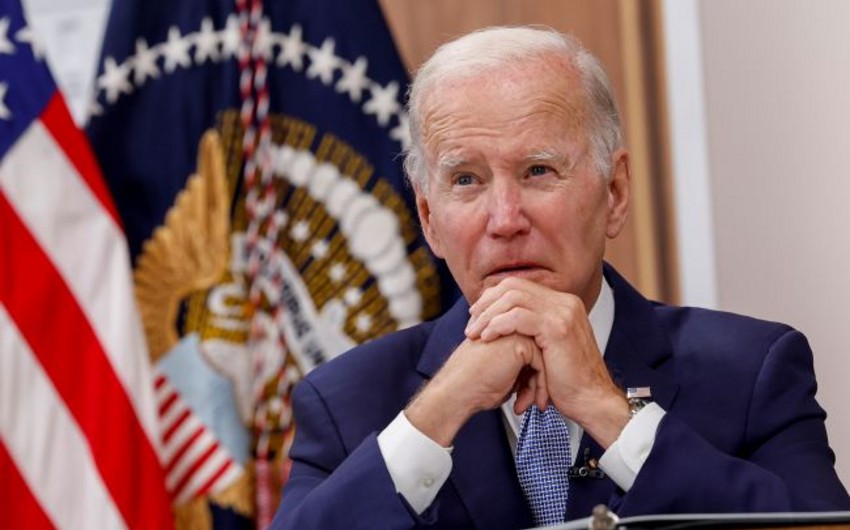The United States has updated a highly classified nuclear strategy to address China’s growing arsenal and its potential collaboration with Russia and other countries, according to The New York Times, Report informs referring to South China Morning Post.
The “Nuclear Employment Guidance,” typically revised every four years, is accessible only to a select group of administration officials because of its sensitive nature. Even members of Congress do not have full access to the guidelines, which detail the US response in the event of a nuclear attack.
US President Joe Biden approved the revised plan in March, according to The Times.
For the first time, the revised guidance explicitly mentions deterrence strategies aimed at “China’s rapidly expanding nuclear arsenal,” The Times said. The document also addresses the potential for coordinated attacks involving China, Russia, North Korea and Iran.
Senior Biden administration officials have hinted at the change before. In June, Pranay Vaddi, a senior director at the National Security Council, told an arms control conference that, in light of “the realities of a new nuclear era,” Biden had expanded the policy to address the threats posed by these countries.
“[The revised policy] emphasises the need to account for the growth and diversity of the PRC’s nuclear arsenal – and the need to deter Russia, the PRC and North Korea simultaneously,” Vaddi said.
Vaddi also revealed that Washington was considering expanding its arsenal to counter the offensive capabilities of its adversaries. This would mark a significant shift from the post-Cold War era, when the US began diplomatic efforts to reduce global nuclear stockpiles.
“Russia, the PRC and North Korea are all expanding and diversifying their nuclear arsenals at a breakneck pace – showing little or no interest in arms control,” Vaddi said.
In a short statement after The Times’ report, the White House said the review of Nuclear Employment Guidance “is in no way secret … [and] is not a response to any single entity, country nor threat”.
China’s nuclear capabilities have drawn increasing scrutiny from policymakers and researchers worldwide. In June, the Stockholm International Peace Research Institute reported that China had increased its nuclear arsenal by 90 warheads, bringing its total to 500 as of January.
The report also projected that China’s total number of intercontinental ballistic missiles – currently around 238 – could surpass the US’s 800 or Russia’s 1,244 within the next decade.


 https://static.report.az/photo/3b7b75b1-3922-30a9-9327-7a99d33f29d4.jpg
https://static.report.az/photo/3b7b75b1-3922-30a9-9327-7a99d33f29d4.jpg

